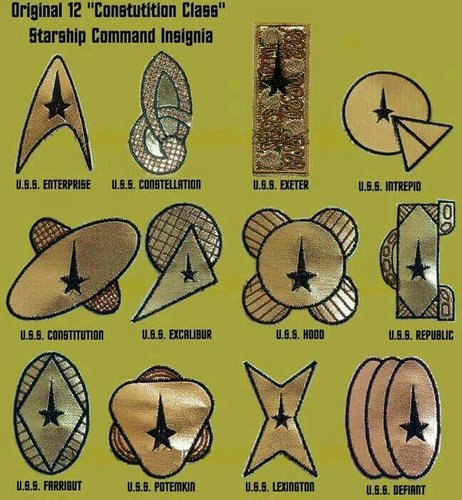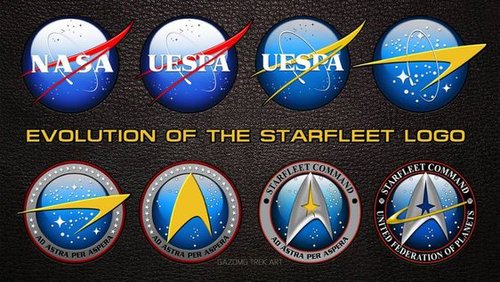Such a 'cascade' would have major, if not devastating, impacts on a large number of civilian and military systems in LEO, even to the point of making LEO unusable.
Nope. It might make LEO *irritating,* but not unusuable. For starters, clearing out LEO of small bits would be *relatively* easy: launch thousands of rockets straight up to LEO *altitude*, but well short of LEO *velocity.* Fill each rocket with fifty tons of water (or some other liquid) and release. The water forms a large cloud of vapor that rises to apogee and then falls back down. Depending on the mission/velocity profile, the water would stay in space for anywhere from a few minutes to maybe half an hour. Since it is moving at multiple KM/sec differential to the rubble in orbit, the rubble will be aerodynamically braked by impact with the cloud. It might be only a few m/sec, but it'll be enough to accelerate the process of de orbiting the bits.
Something like Falcon 9 first stage, modified specifically for this purpose, would seem to do nicely. A hundred such rockets at, say, $10 million each would be by government standards absolutely trifling in cost.
As an alternative or adjunct, under the USSF the US space industry could *finally* get off the pot and start manufacturing properly armored satellites, launched and serviced by 4,000+ ton Orions launched out of Guantanamo. In that case... little bits of rubble? Pff. Who cares?
Note that both options are not just sunk money, but the development and operation of each would be a *vast* new opportunity for growth, technologically and economically. The first option would make reusable rocket launch an absolutely mundane occurrence, providing notonly true prodution line manufacturing but also training. It would not only provide highly trained and well paid staff for a massive space launch industry, it would also teach how to be truly efficient. Can the launch and recovery of a Falcon 9-like booster be carried out by a crew of five? Let's find out.
























